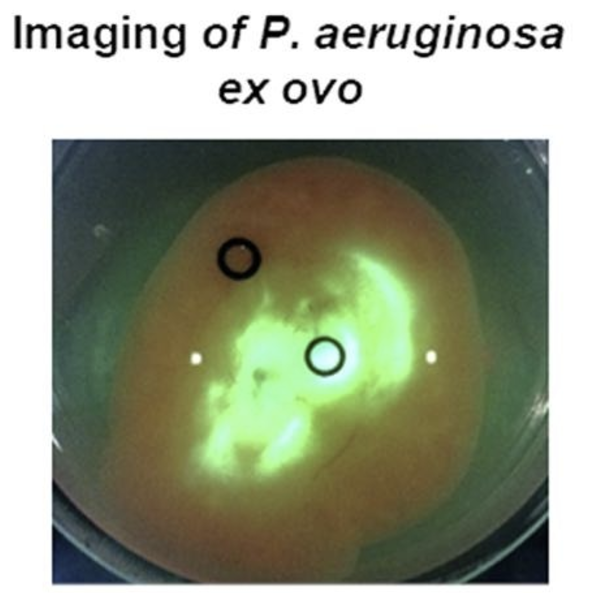Back to All Clinical Evidence
![]()
![]()
![]()
![]()
![]()
![]()
 PUBLICATION_
PUBLICATION_  PUBLICATION_
PUBLICATION_
Accelerated Wound Healing, Accelerated Wound Healing
In vitro detection of porphyrin-producing wound bacteria with real-time fluorescence imaging
Related Publications
Accelerated Wound Healing
Accelerated Wound Healing
Related Material
 PUBLICATION_
PUBLICATION_ A shell-less hen’s egg test as infection model to determine the biocompatibility and antimicrobial efficacy of drugs and drug formulations against Pseudomonas aeruginosa
 PUBLICATION_
PUBLICATION_ Detection of bacterial fluorescence from in vivo wound biofilms using a point-of-care fluorescence imaging device
MolecuLight Headquarters
425 University Avenue
Suite 700
Toronto, ON M5G 1T6
Canada
US Address
MolecuLight Corp.
2403 Sidney Street,
Suite 286
Pittsburgh, PA 15203
T. +1 647-362-4684
North American Toll Free:
1-877-818-4360
F.+1 647-362-4730
E: info@moleculight.com
Sitemap
©2026
The MolecuLight® i:X and MolecuLightDX™ Imaging Devices are approved by Health Canada for sale in Canada and has CE marking for sale in the European Union.
The MolecuLight™ i:X and DX Imaging Devices have received FDA clearance.










